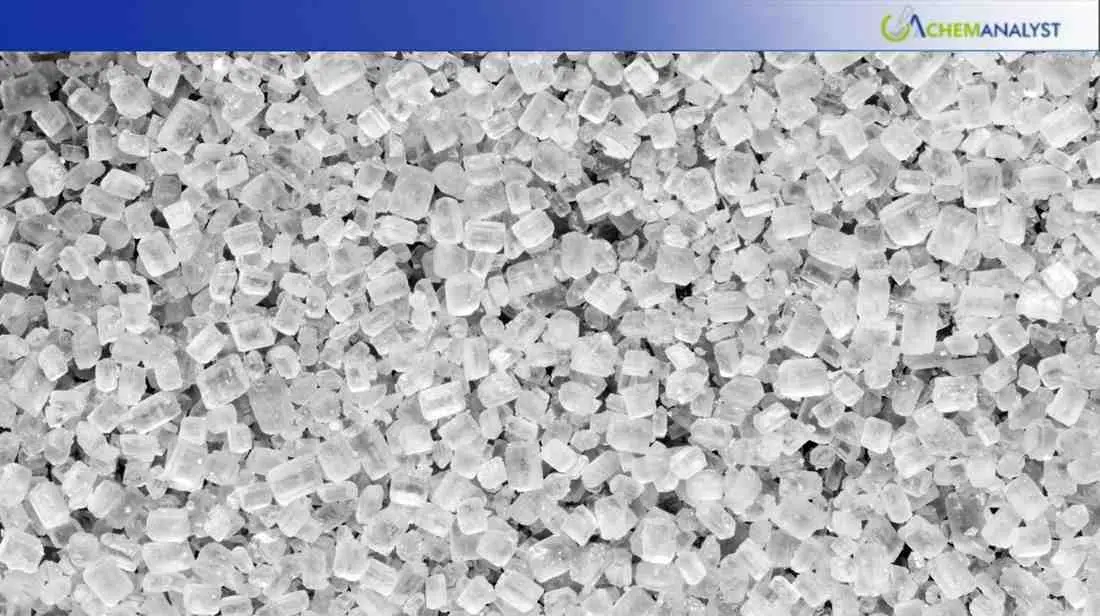Welcome To ChemAnalyst

The global Polylactic Acid (PLA) market displayed divergent regional dynamics in October 2025, with rising prices in China, while European prices softened. The price increases in China were facilitated by recovering domestic demand, replenishing inventories after the Golden Week holidays, and temporary slowdowns in production that put some tightening on supplies. Demand from packaging, 3D printing, and healthcare, for instance, supported buying sentiment even further. However, Europe's market remained subdued due to weak downstream demand, elevated stock levels, and pressure from competitively priced imports from Asia. Many buyers were still exercising caution in purchasing plans, predicting some further price adjustments in the market. Long-term demand for biodegradable plastics driven by sustainability also continued to provide support, however, the short-term context for PLA development in different regions remains uneven. In the near-term, a return to more normal inventory levels in North America and strong domestic demand in China suggest the fate for global PLA pricing.
PLA (Polylactic Acid) prices exhibited varying trends in the main global regions in early October 2025. In China, PLA prices exhibited a continued uptrend, while the PLA prices in the European market showed a continuous slight decline. Overall, regional PLA price differences reflected differences in regional supply-demand balances, inventory, and downstream consumption.
In Europe, due to oversupply and poor buying sentiment, PLA prices moved downward by 1%. Market players noted high inventories at distributors and downstream converters, which created less need for immediate buying. Cautiously, many buyers took a “wait-and-see” position, limiting purchases to only their short-term needs as they anticipated more price corrections in the future. The region continued to experience competitive pressure from low-cost Asian imports, particularly those from China, which made it difficult for producers to have stable prices.
Demand from key consuming sectors, including packaging, consumer goods, and textiles, remained low amid general economic uncertainty. The end-of-quarter slowdown and soft consumption from converters further dampened the demand. Consequently, European PLA producers were forced to offer price discounts to clear inventories of product, which contributed to an overall reduction in regional prices.
In contrast, the market in China saw a measured rise by 2%, propelled by stronger domestic demand and sporadic supply disruptions. The post–Golden Week period prompted restocking by downstream processors, particularly packaging and consumer goods processors. Some producers in China reportedly ran at lower rates or halted production for maintenance, which tightened supply on the domestic market ever-so slightly.
Increased raw material and energy costs put additional upward pressure on producers to change their offers. Demand continued firm from high-value industries such as 3D printing and medical applications, as China remains committed to the promotion of biodegradable materials in alignment with its environmental policies. Certain producers also focused on supplying the domestic market rather than continuing to export due to logistical issues and weaker overseas demand, which also helped to increase PLA pricing upward within China.
In the future, global PLA pricing will remain subject to regional market fundamentals and sustainability-driven growth. In Europe, prices may stabilize when we see inventory levels normalizing, and demand picks up again after the summer. Alternatively, in China, steady domestic consumption and government support for green plastics will likely continue to drive optimism in the PLA market. While Europe and China perform very differently, and our analysis reflects that divergence emphasizes the importance of localized supply-and-demand balance and changing sustainability trends that are evolving the global PLA market.
We use cookies to deliver the best possible experience on our website. To learn more, visit our Privacy Policy. By continuing to use this site or by closing this box, you consent to our use of cookies. More info.
